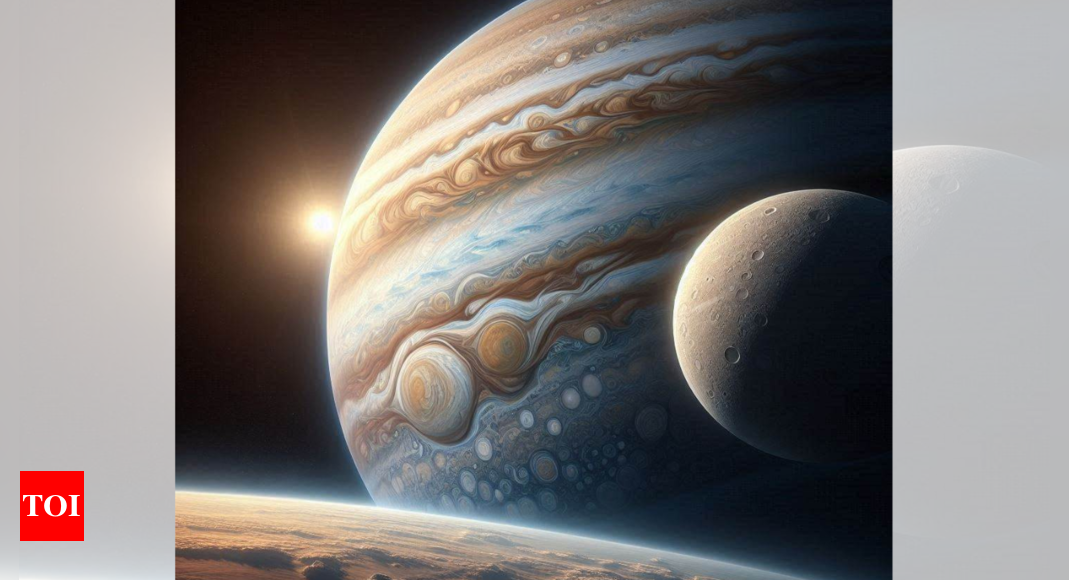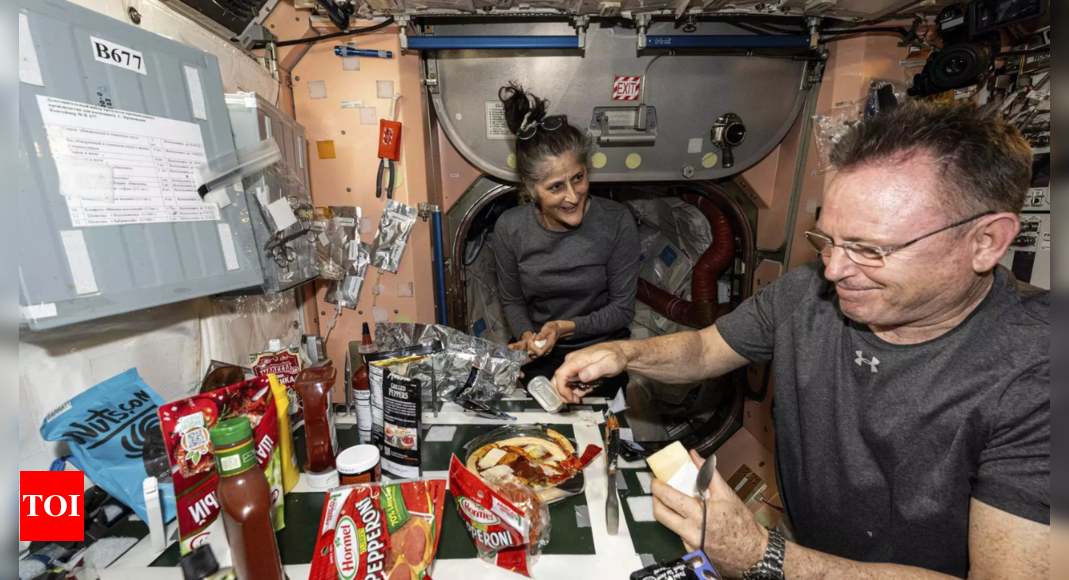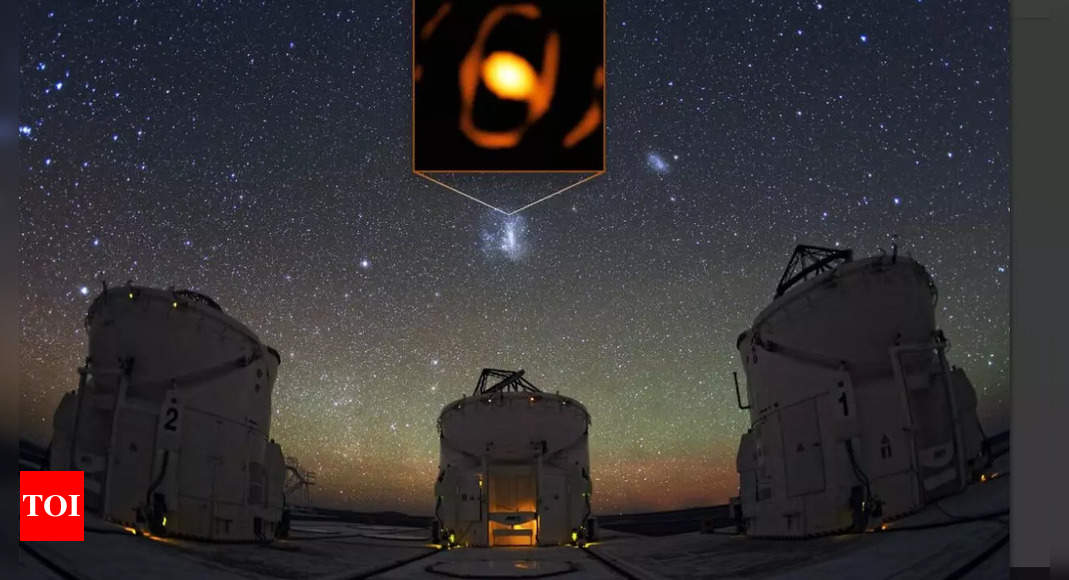
The European Space Agency‘s Juice probe, launched in April 2023, is set to perform a groundbreaking manoeuvre next month as it journeys through the Solar System to Jupiter. The spacecraft, currently 10 million kilometres from Earth, will utilise the gravity of both the Moon and Earth to conserve fuel on its eight-year voyage to investigate the potential for extra-terrestrial life on Jupiter‘s icy moons: Ganymede, Callisto, and Europa.
Preparations for this complex manoeuvre have begun at the ESA’s space operations centre in Darmstadt, Germany. Juice is expected to reach Jupiter’s system in July 2031, taking a longer route than Nasa’s Europa Clipper spacecraft, which is scheduled to launch this October and arrive a year earlier.
The decision to take the scenic route is partly due to the limitations of the Ariane 5 rocket used to launch Juice, which was not powerful enough for a direct shot to Jupiter, approximately 800 million kilometres away.
“The only solution is to use gravitational assists,” explained Arnaud Boutonnet, the ESA’s head of analysis for the mission. By flying close to planets, spacecrafts can leverage their gravitational pull to change course, speed up, or slow down. While many other space missions have used planets for gravity boosts, the upcoming Earth-Moon flyby will be a “world first”, according to the ESA, as it will be the first “double gravity assist manoeuvre” using boosts from two worlds in succession.
Juice will pass 750 kilometres above the Moon on August 19 before zooming past Earth the next day, leaving at a speed of “3.3 kilometres a second — instead of three kilometres if we had not added the Moon”, Boutonnet noted.
During its flyby, Juice will capture photos and test its numerous instruments, while some amateur skygazers on Earth may be able to spot the probe as it passes over Southeast Asia using telescopes or powerful binoculars.
The manoeuvre has been meticulously planned for years, but it will not be without challenges. “We are aiming for a mouse hole,” Boutonnet emphasised, noting that even the slightest error during the Moon slingshot could be amplified by Earth’s gravity, potentially risking the spacecraft entering and burning up in Earth’s atmosphere. The ground team will closely monitor the spacecraft and have a 12-18 hour window to calculate and adjust its trajectory if necessary.
If the manoeuvre is successful, Juice will continue its journey through interplanetary space, heading to Venus for another boost in 2025 and flying past Earth twice more in 2026 and 2029 before finally setting course for Jupiter. Once at Jupiter, Juice will perform an impressive 35 gravitational assists as it bounces around the planet’s ocean moons, with its trajectory resembling “a real plate of spaghetti”, according to Boutonnet, who added, “What we’re doing with the Earth-Moon system is a joke in comparison.”
Preparations for this complex manoeuvre have begun at the ESA’s space operations centre in Darmstadt, Germany. Juice is expected to reach Jupiter’s system in July 2031, taking a longer route than Nasa’s Europa Clipper spacecraft, which is scheduled to launch this October and arrive a year earlier.
The decision to take the scenic route is partly due to the limitations of the Ariane 5 rocket used to launch Juice, which was not powerful enough for a direct shot to Jupiter, approximately 800 million kilometres away.
“The only solution is to use gravitational assists,” explained Arnaud Boutonnet, the ESA’s head of analysis for the mission. By flying close to planets, spacecrafts can leverage their gravitational pull to change course, speed up, or slow down. While many other space missions have used planets for gravity boosts, the upcoming Earth-Moon flyby will be a “world first”, according to the ESA, as it will be the first “double gravity assist manoeuvre” using boosts from two worlds in succession.
Juice will pass 750 kilometres above the Moon on August 19 before zooming past Earth the next day, leaving at a speed of “3.3 kilometres a second — instead of three kilometres if we had not added the Moon”, Boutonnet noted.
During its flyby, Juice will capture photos and test its numerous instruments, while some amateur skygazers on Earth may be able to spot the probe as it passes over Southeast Asia using telescopes or powerful binoculars.
The manoeuvre has been meticulously planned for years, but it will not be without challenges. “We are aiming for a mouse hole,” Boutonnet emphasised, noting that even the slightest error during the Moon slingshot could be amplified by Earth’s gravity, potentially risking the spacecraft entering and burning up in Earth’s atmosphere. The ground team will closely monitor the spacecraft and have a 12-18 hour window to calculate and adjust its trajectory if necessary.
If the manoeuvre is successful, Juice will continue its journey through interplanetary space, heading to Venus for another boost in 2025 and flying past Earth twice more in 2026 and 2029 before finally setting course for Jupiter. Once at Jupiter, Juice will perform an impressive 35 gravitational assists as it bounces around the planet’s ocean moons, with its trajectory resembling “a real plate of spaghetti”, according to Boutonnet, who added, “What we’re doing with the Earth-Moon system is a joke in comparison.”









